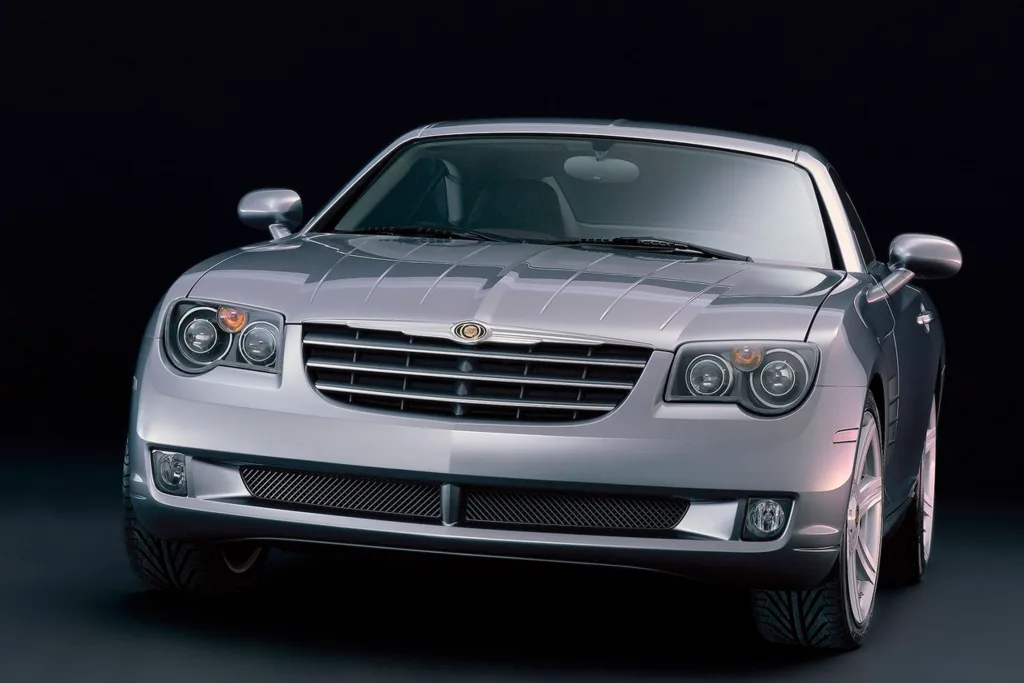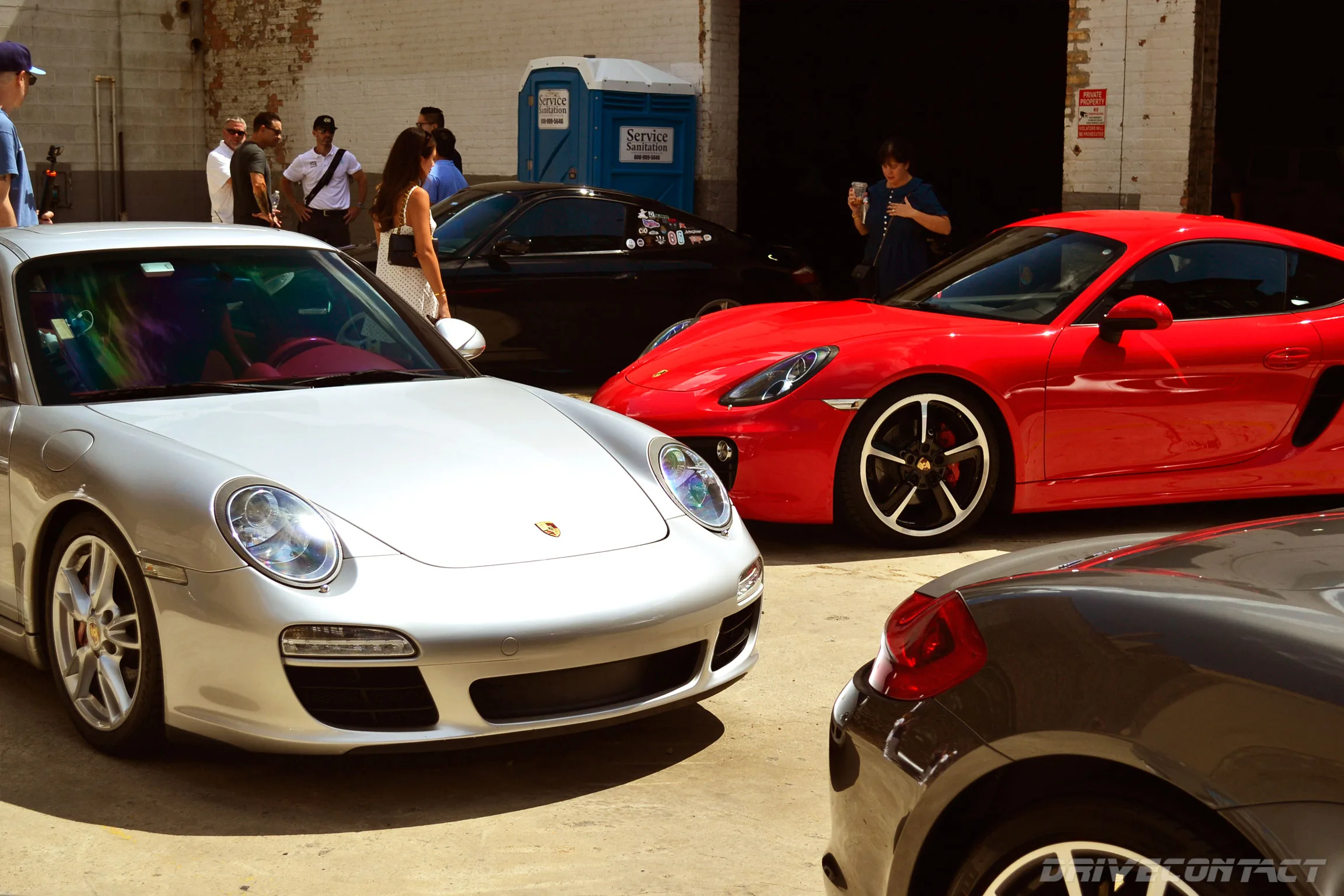When the Chrysler Crossfire first appeared as a concept in 2001, it immediately grabbed attention for its unique blend of American design flair and European engineering precision. The production car, released for the 2004 model year, represented a bold experiment for Chrysler—a grand touring sports coupe that symbolized the partnership between DaimlerChrysler, the short-lived but technologically significant merger that connected Detroit innovation with Stuttgart discipline.

A Concept Turned Reality
The Crossfire’s journey began at the 2001 North American International Auto Show in Detroit, where it debuted as an eye-catching concept that carried a retro-futuristic silhouette and the unmistakable teardrop stance of a sports car. The name—“Crossfire”—was intentionally chosen to signify the crossing of ideas and expertise between Chrysler and Mercedes-Benz.
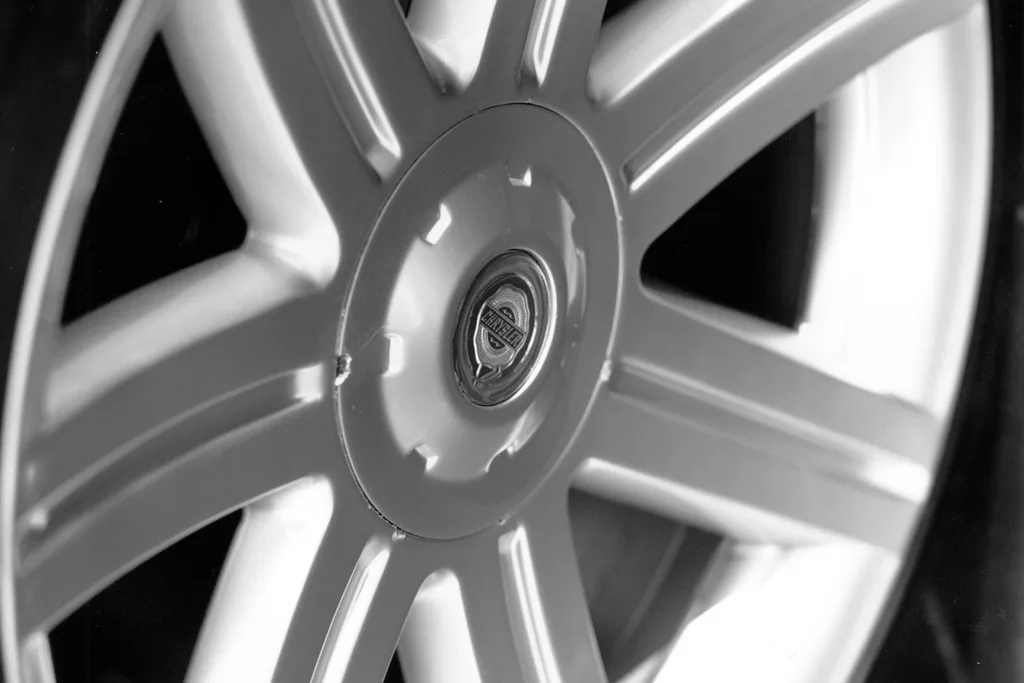
Public reception was overwhelmingly positive, leading Chrysler to greenlight the project for production just two years later. Few concept cars made the transition to showroom floors so quickly, but Chrysler’s access to Mercedes-Benz’s engineering infrastructure made that possible.
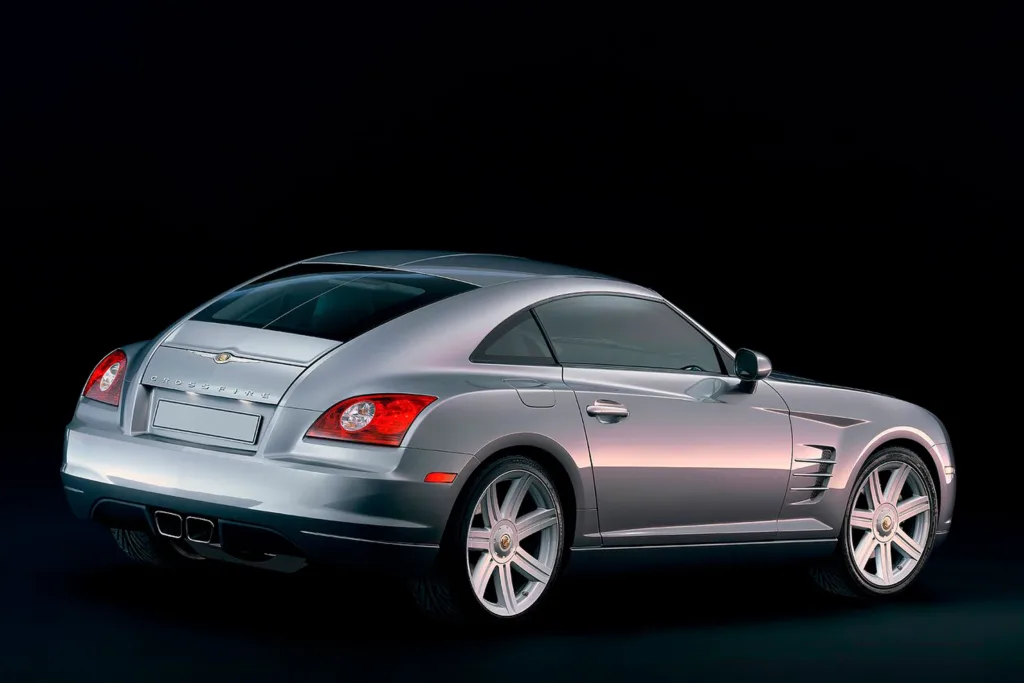
Shared Bloodlines with Mercedes-Benz SLK
To accelerate development and maintain cost efficiency, Chrysler built the Crossfire on the R170 platform of the Mercedes-Benz SLK 320, one of Mercedes’ most respected compact roadsters. Roughly 80% of the Crossfire’s components were sourced directly from the SLK, including its rear-wheel-drive chassis, suspension geometry, and transmission options. Even the 214 horsepower, 3.2-liter SOHC V6 engine (M112 series) came straight from Mercedes’ parts bin, delivering 229 lb-ft of torque and smooth, reliable power delivery.

Paired with either a 6-speed manual gearbox or a 5-speed automatic, the Crossfire could sprint from 0–60 mph in around 6.4 seconds, with a top speed close to 150 mph. The drivetrain balance and weight distribution, benefitting from its front-engine, rear-drive layout, gave it road manners far more refined than previous Chrysler sports coupes. Its firm multi-link rear suspension, rigid chassis, and wide tires contributed to impressive grip and flattering handling responses.
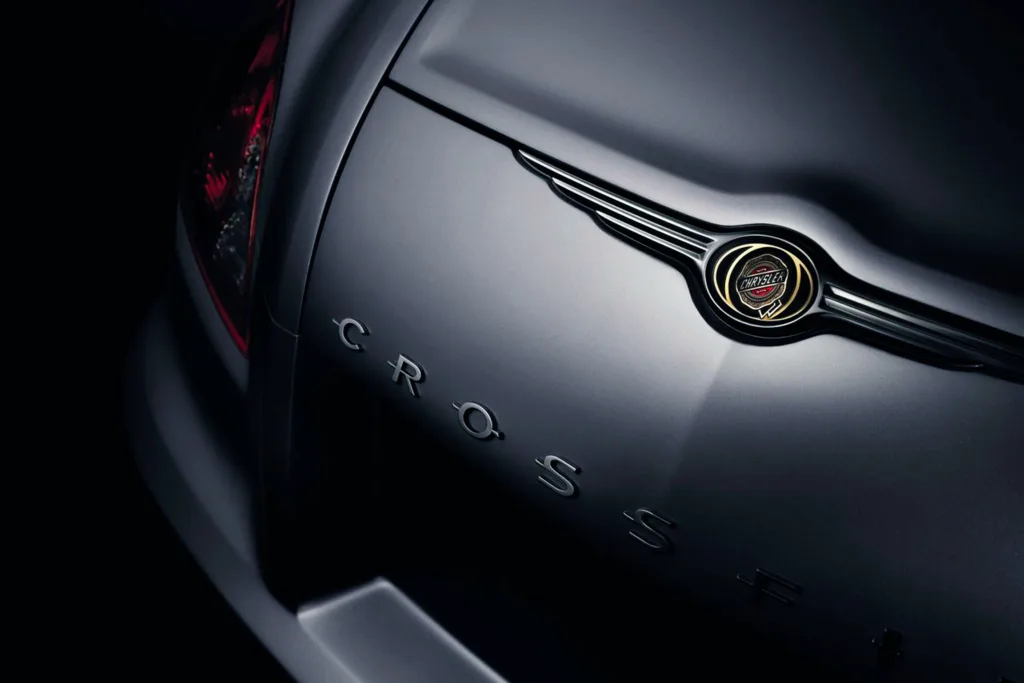
From Concept Lines to Production Reality
While Chrysler engineers borrowed much of the underlying structure from the SLK, the Crossfire’s design remained uniquely American. Chief designer Eric Stoddard’s original concept sketch emphasized flowing proportions and a sculpted body line that ran unbroken through the center of the car—known as the “ character line”, it visually divided the car’s surfaces and gave the Crossfire a sense of motion even at rest.
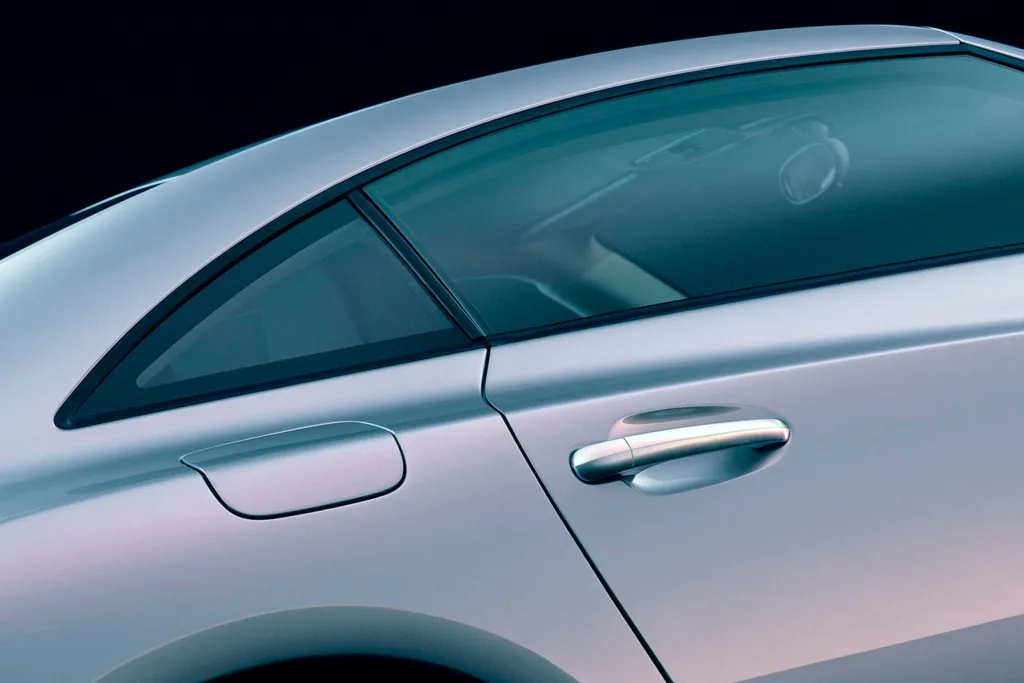
The production model trimmed these dramatic shapes slightly to meet safety and manufacturing regulations, yet retained the most striking features: the boat-tail rear end, the integrated rear spoiler that automatically deployed at higher speeds, and the retro-style long hood-short deck proportions. The rear window angle and tapering tail paid homage to classic aircraft design, giving the Crossfire a truly standout silhouette among early-2000s competitors.
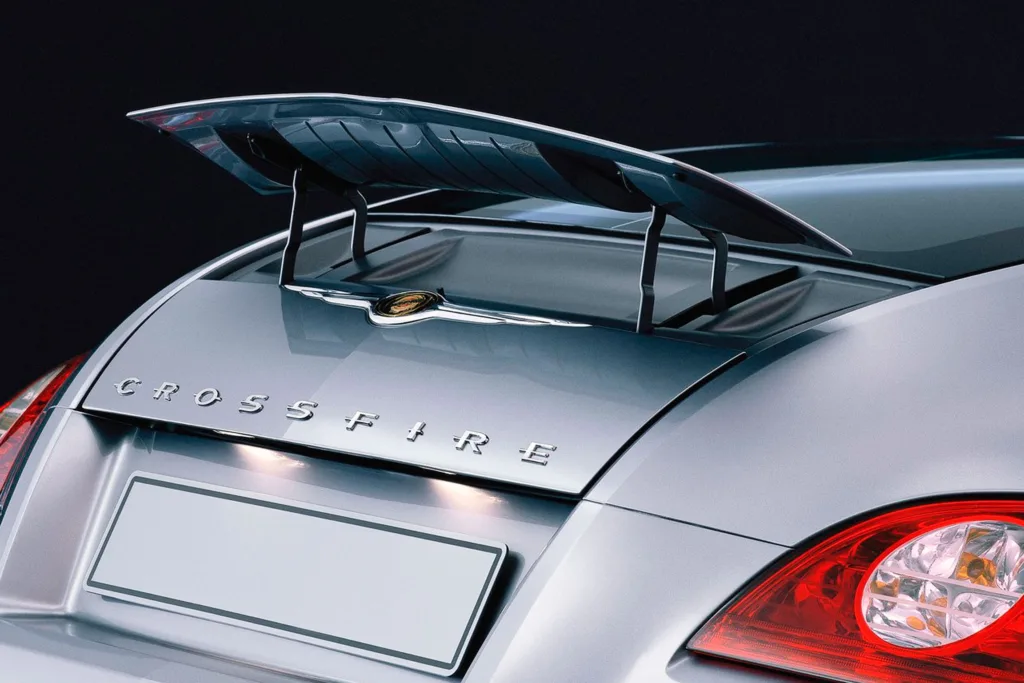
Precision-Built in Germany by Karmann
Production of the Crossfire was handled by Karmann GmbH, the highly specialized German coachbuilder known for its craftsmanship on vehicles like the Volkswagen Karmann Ghia and Mercedes-Benz CLK convertible. Building the Crossfire in Osnabrück, Germany allowed seamless integration of Mercedes-supplied mechanical parts while ensuring European assembly quality.
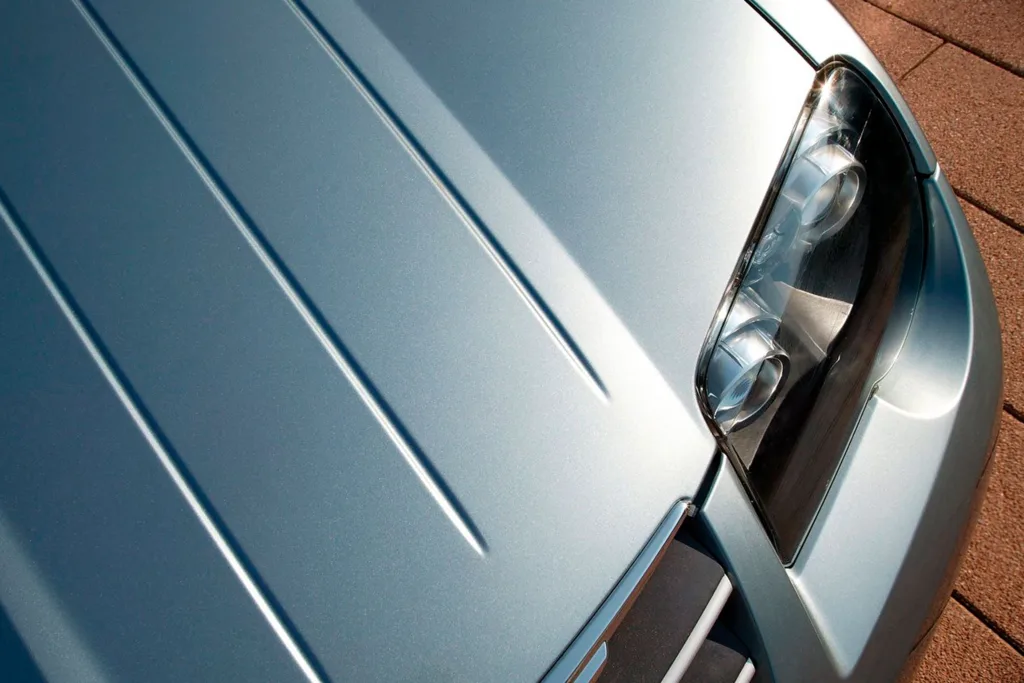
This arrangement made the Crossfire one of the very few Chrysler models manufactured entirely in Germany, using predominantly German components but styled and marketed as an American design. It was truly a transatlantic product, blending the two automotive cultures into one cohesive sports machine.
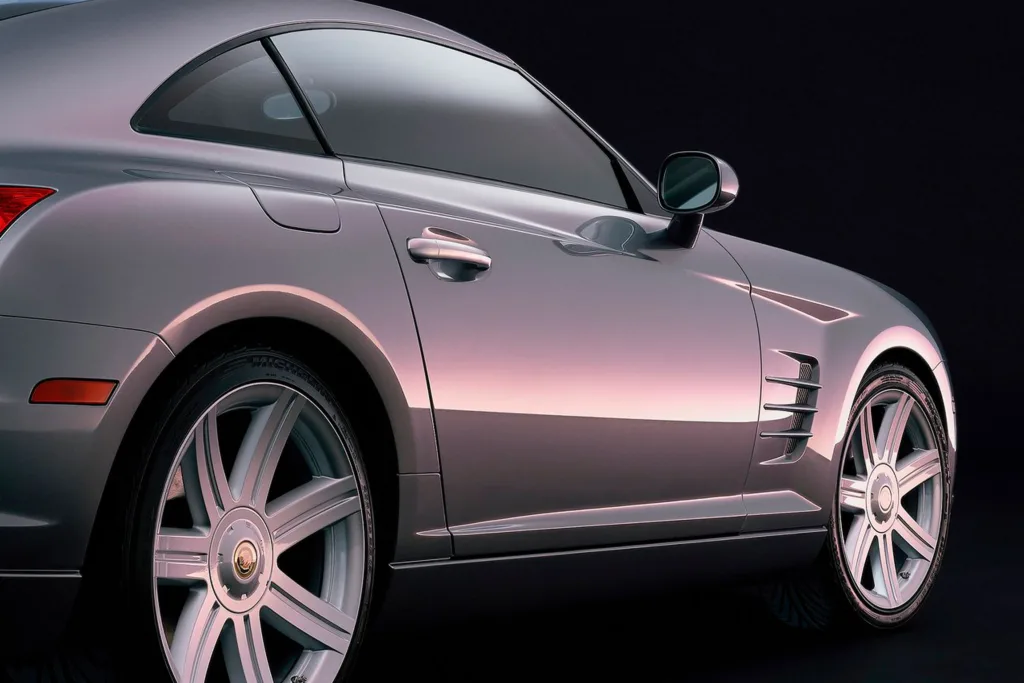
The 2004 Crossfire Lineup and Performance
The production Crossfire launched in 2004 as a sleek two-door coupe wearing 18-inch front and 19-inch rear alloy wheels, emphasizing its rear-wheel-drive dynamics. Its curved fastback roofline and wide stance contributed to excellent aerodynamic efficiency, with a coefficient of drag of only 0.37 Cd. Chrysler engineers reinforced the body shell for greater torsional rigidity than the SLK, improving both ride quality and cornering stability.
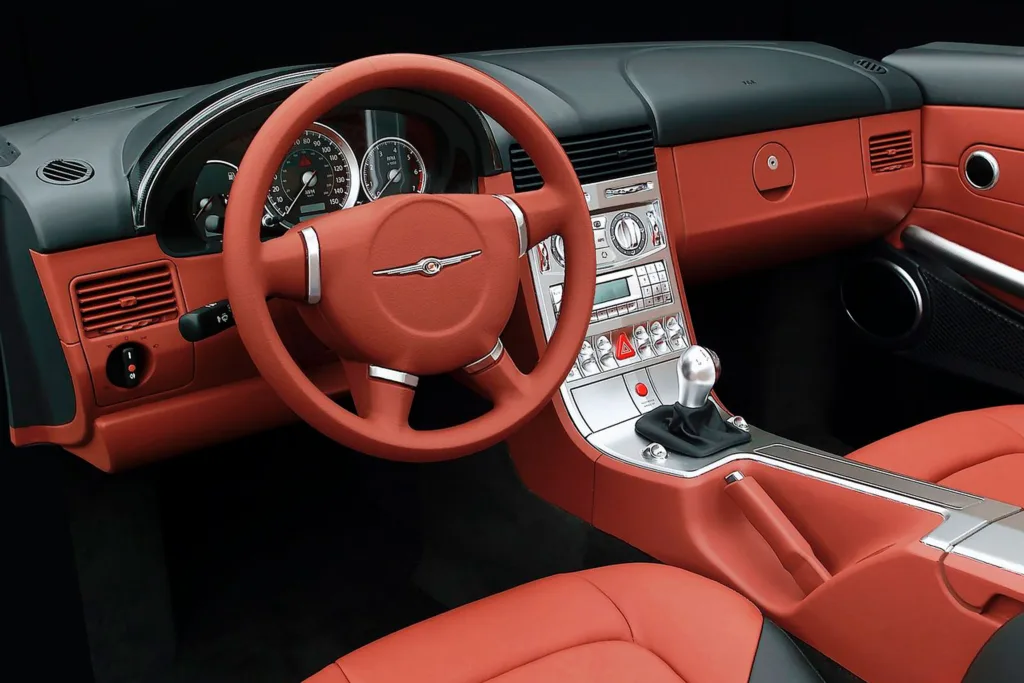
Despite sharing much of its drivetrain with the Mercedes SLK 320, the Crossfire felt distinct. Thanks to its shorter final drive ratio, it delivered brisk low-end acceleration and a more aggressive exhaust sound. Automotive journalists noted how the Crossfire’s combination of comfort and composure made it more of a Grand Tourer (GT) than a pure sports car—best suited for long, fast drives rather than circuit-style racing.
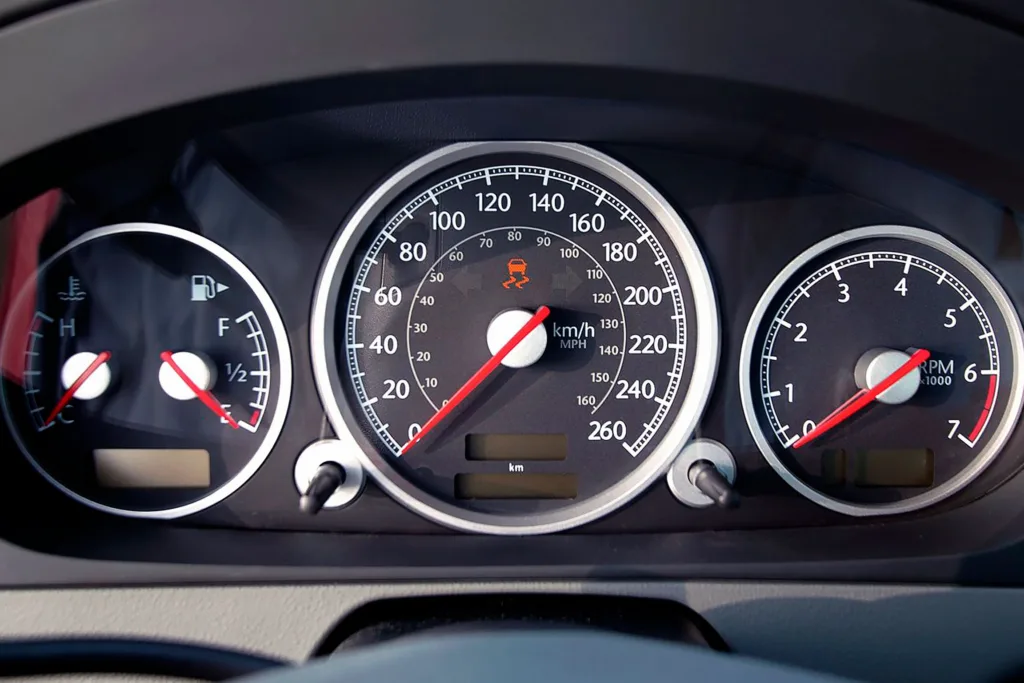
Expansion: The Crossfire Roadster
Encouraged by early interest, Chrysler expanded the Crossfire lineup in 2004 with a Roadster version, unveiled at the Geneva Motor Show. Retaining the coupe’s dramatic profile, the Roadster adopted a power soft-top and featured minimal weight penalties. The open-top version offered the same refined underpinnings with the added thrill of open-air driving, further aligning the Crossfire with its Mercedes counterpart, the SLK.

A Short but Bold Legacy
Although technically advanced and visually distinctive, the Chrysler Crossfire faced challenges in the market. Launched during a time when demand was shifting toward SUVs, its niche positioning and premium pricing limited its reach. From 2004 to 2008, only about 76,000 units were produced worldwide, including both coupes and roadsters.
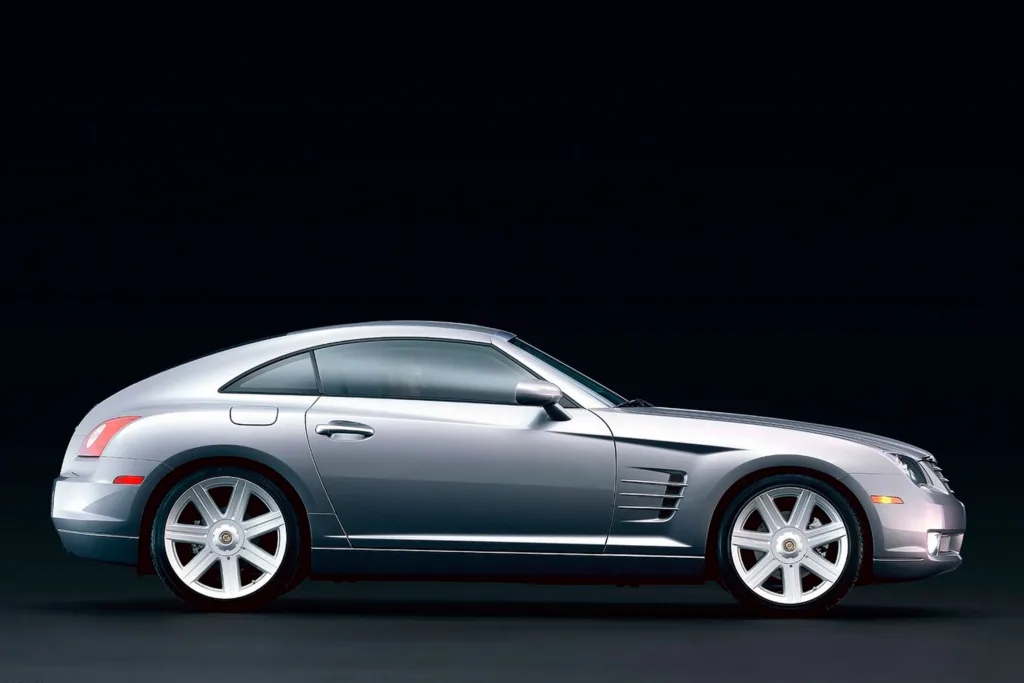
Nevertheless, the Crossfire remains an underrated gem of early-2000s performance car history. It symbolized a brief yet fascinating chapter when Chrysler dared to experiment with German engineering precision without losing its American identity. Today, it’s appreciated by enthusiasts for its unique styling, solid build quality, and its unlikely origin story—a true fusion of Detroit passion and Stuttgart sophistication.
